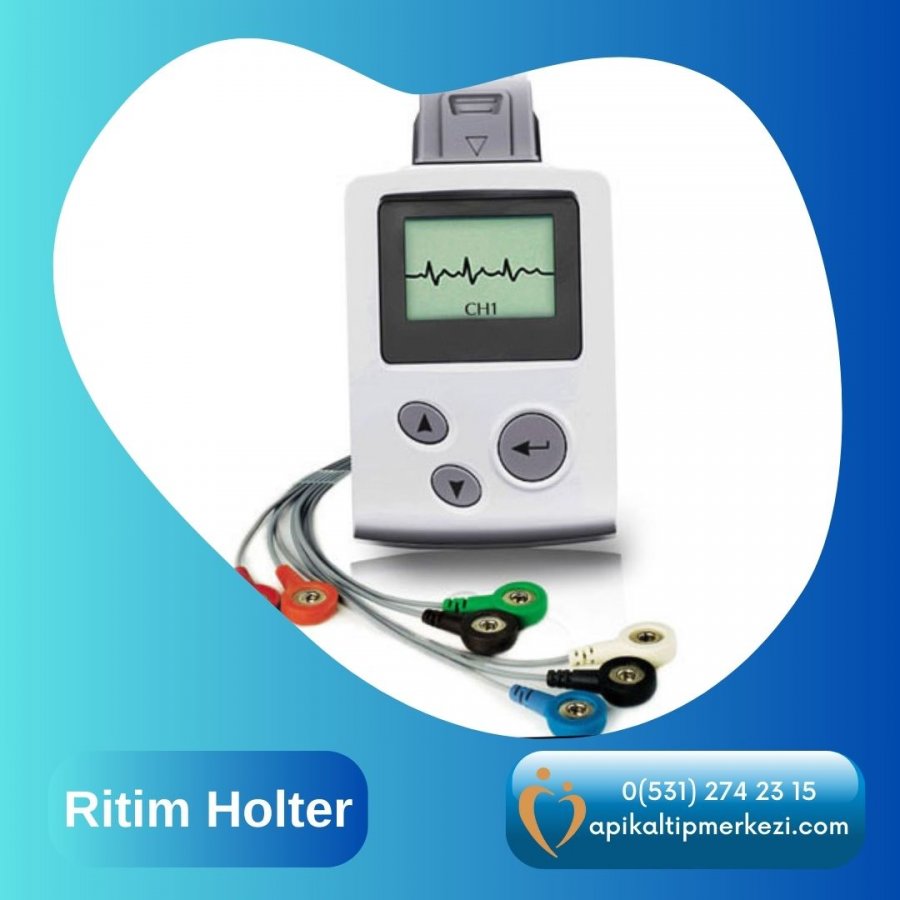Rhythm Holter
Rhythm Holter Study (or Holter monitor) is an
electrocardiographic recording of the heartbeat for 24 hours (up to 48-72 hours
with some newer devices). It is mostly used to monitor a person's heart rhythm
during normal daily life.
Areas of use:
Diagnosis of rhythm disorders,
In the evaluation of the diagnosis and treatment of cardiovascular diseases
that do not cause complaints,
Monitoring treatment in rhythm or vascular diseases,
In some complaints of the patient (especially fainting), to investigate whether
the complaints are related to the heart.
Long-term recording of heart beats can detect rhythm disturbances and the
highest and lowest values of the heart rate during the day, thus determining
the most appropriate treatment.
It is a device that attaches to the belt like a cell phone and is attached to
the chest by means of 3-4 cables and electrodes (3-4 cm diameter adhesive
material made of soft plastic). While the person continues his/her normal daily
life, the device records the heart electrocardiogram for the planned time. At
the end of the time, the device is removed and the recordings are analyzed on a
computer.
An arrhythmia captured during Holter
monitoring
This device can detect all rhythm disturbances caused by the heart, such as
palpitations, chest pains, fainting sensations, etc., which are not visible
during the examination but which may occur briefly during the day.
Before the Holter test, you should especially ask your doctor if you need to
stop taking any medication before the test. After the Holter device has been
implanted, repeat the events that caused your complaint, e.g. if your complaint
occurs when you drink coffee, drink coffee, or if your complaint occurs when
you climb stairs, climb stairs, etc.
Event Recorder Transtelephonic Monitor
This is very similar to an event recorder. However, here the patient does not
need to go to a center to show the recordings. The recordings are sent to the assessment
center via telephone.
These devices pose no risk to the patient. They need to be removed during
bathing as they are affected by moisture and water.

